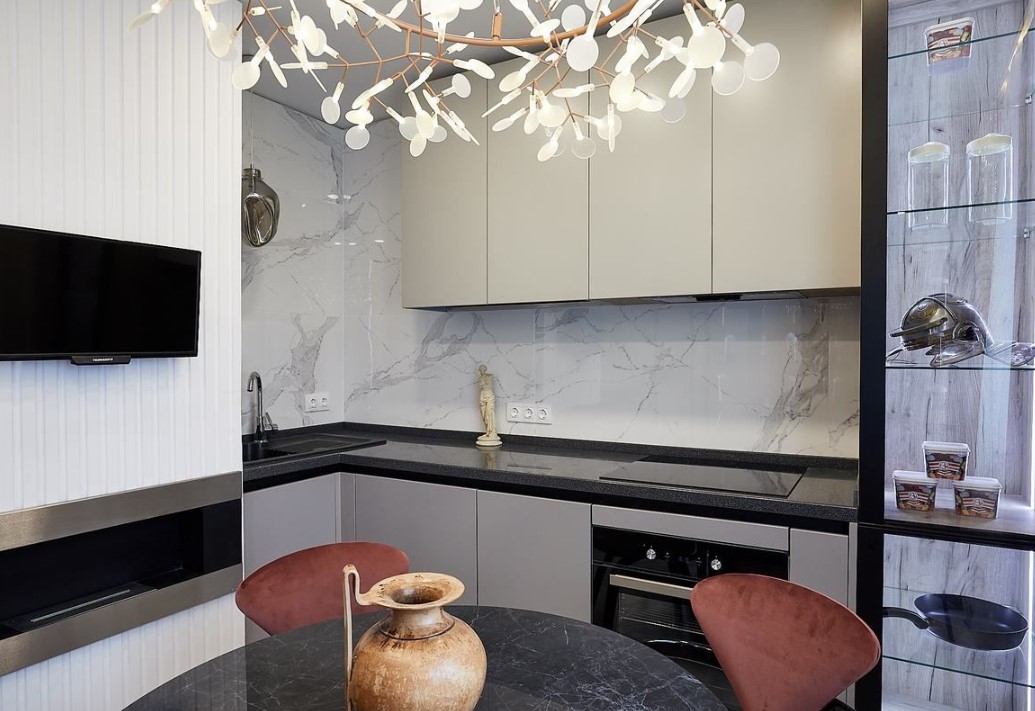
Introduction to the Evolution of Culinary Spaces
The heart of the home has long been the kitchen—a place not only for cooking but for gathering and sharing. As culinary habits, preferences, and technologies evolve, so too do the spaces we use to prepare and enjoy our food. This has led to a redefinition of culinary spaces, pushing the boundaries of design, functionality, and social interaction. This article explores how these spaces have transformed and what the future may hold.
Innovative Kitchen Design and Layouts
The traditional kitchen layout is being revolutionized with an emphasis on efficiency and aesthetics. Ergonomics play a crucial role in modern design, with kitchen components being tailored to the user's height and habits. Open kitchen designs promote a seamless flow between cooking and living areas, encouraging a more social environment. Meanwhile, islands have become multifunctional hubs, equipped with built-in appliances and ample seating, where cooking and socializing can harmoniously coexist.
Technology and Automation
Technological advancements have drastically altered the landscape of culinary spaces. Smart appliances, responsive systems, and automation have enhanced the convenience of the cooking process. From fridges that can order groceries online, to ovens that can be controlled remotely, the kitchen has become a space of high-tech integration. These innovations not only streamline the culinary process but also provide opportunities for tailored experiences, such as customizing recipes based on dietary needs or available ingredients.
Sustainability and Eco-Friendly Approaches
As environmental concerns grow, so does the demand for sustainable culinary spaces. Eco-friendly materials, energy-efficient appliances, and waste-reducing solutions are increasingly common in kitchen design. Hydroponic gardens that enable residents to grow their own herbs and vegetables year-round are being integrated into kitchen systems, while composting mechanisms help reduce organic waste and promote a circular approach to food consumption.
The Rise of Specialty Culinary Spaces
Home cooking experiences are also being elevated through the incorporation of specialty spaces tailored to specific culinary interests. Dedicated areas for brewing, fermenting, canning, or even pastry making are being carved out in modern homes, reflecting the growing enthusiasm for artisanal and homemade foods. These specialized zones allow home chefs to hone their crafts and express their culinary creativity.
Culinary Spaces in the Digital Era
The digital era has introduced a new dimension to culinary spaces, with the rise of online cooking classes and virtual dinner parties. Kitchens are being equipped with smart displays and connectivity that facilitate these digital engagements, allowing home cooks to learn, share, and connect with others around the world without leaving their homes. As people increasingly become content creators, kitchens also double as studios for those who document and share their culinary adventures on social media platforms.
Conclusion: The Future of Culinary Spaces
Culinary spaces are continuously being redefined as they adapt to modern lifestyles, technologies, and social practices. The future promises kitchens that are not just about cooking, but are central to the way we live, providing a versatile platform for sustainability, creativity, and connectivity. As we embrace these new challenges and opportunities, culinary spaces will undoubtedly continue to evolve, reflecting the changing tastes and values of society.